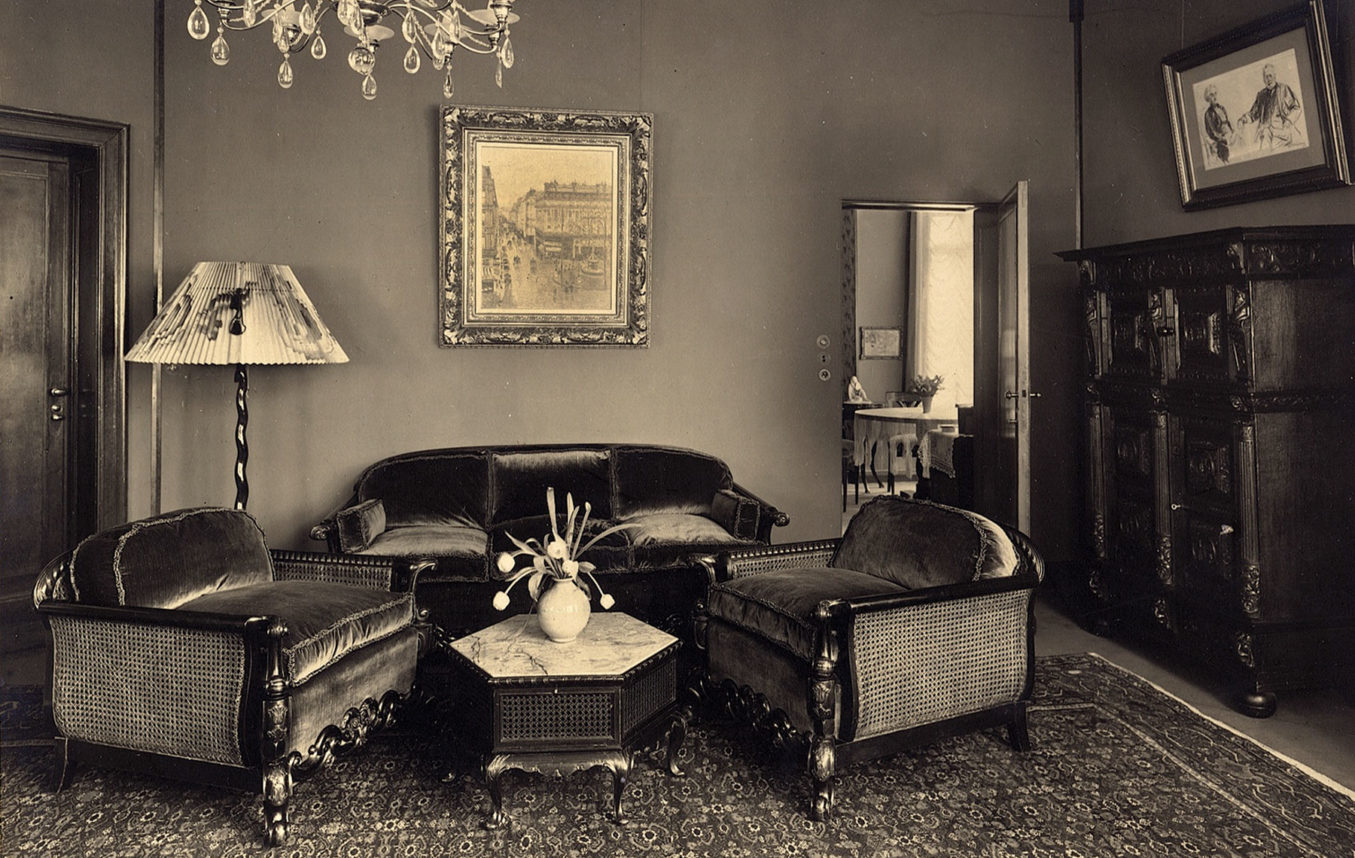 Camille Pissarro’s masterwork, “Rue Saint-Honore in the Afternoon, Effect of Rain.” Courtesy of museothyssen.org
Camille Pissarro’s masterwork, “Rue Saint-Honore in the Afternoon, Effect of Rain.” Courtesy of museothyssen.org A federal judge in Los Angeles ruled this week that a Spanish museum that acquired a valuable Nazi-looted artwork in 1992 is the work’s rightful owner.
According to court documents in the case David Cassirer, et al. v. Thyssen-Bornemisza Collection Foundation, U.S. District Judge John Walter ruled that, “under Spanish law, TBC (Thyssen-Bornemisza Collection) is the lawful owner of the Painting.”
In his April 30 ruling, Walter said the decision by the Kingdom of Spain, which owns the museum, to keep the painting was inconsistent with international agreements that art confiscated by the Nazis should be returned to their rightful owner. Walter ruled that under Spanish law, however, the court could not compel Spain to “comply with its moral commitments.”
Walter ruled there that there was not enough evidence to show the museum acquired the painting knowing of its theft.
In an April 1 phone interview, the main plaintiff, David Cassirer, who lives in San Diego, told the Journal his lawyers plan to appeal.
The painting in the case is the impressionist Camille Pissarro’s masterwork, “Rue Saint-Honore in the Afternoon, Effect of Rain.” Last valued at $30 million, according to the L.A. Times, the painting depicts a Paris streetscape on a rainy day.
The painting once belonged to Cassirer’s great-grandmother, Lily Cassirer, a German-Jew whose father-in-law purchased the work directly from Pissarro’s art dealer in 1900. Lily inherited it in 1926. In 1939, she surrendered the painting to the Nazis in exchange for exit visas out of Germany for herself and her husband.

The painting was smuggled out of Germany to the United States in 1951. In 1976, Baron Has-Heinrich Thyssen-Bornemisza, a German industrialist whose family allegedly had close ties to Hitler, purchased the painting from a New York gallery. In 1988, Thyssen-Bornemisza donated the painting to the Spanish government, which formed the Thyssen-Bornemisza Collection Foundation to display the works.
Lilly’s descendants thought the painting had been destroyed until a friend of Claude Cassirer, David Cassirer’s late father and Lily’s grandson, saw it in the museum’s catalog in 1999.
Claude was the original plaintiff on the case, which has pitted the California-based Cassirer family against the Spanish museum for the past 20 years. When Claude died in 2010, his son, David, became the main plaintiff.
Before the war, the painting hung on the wall of Lily’s parlor in her Berlin home.























 More news and opinions than at a Shabbat dinner, right in your inbox.
More news and opinions than at a Shabbat dinner, right in your inbox.